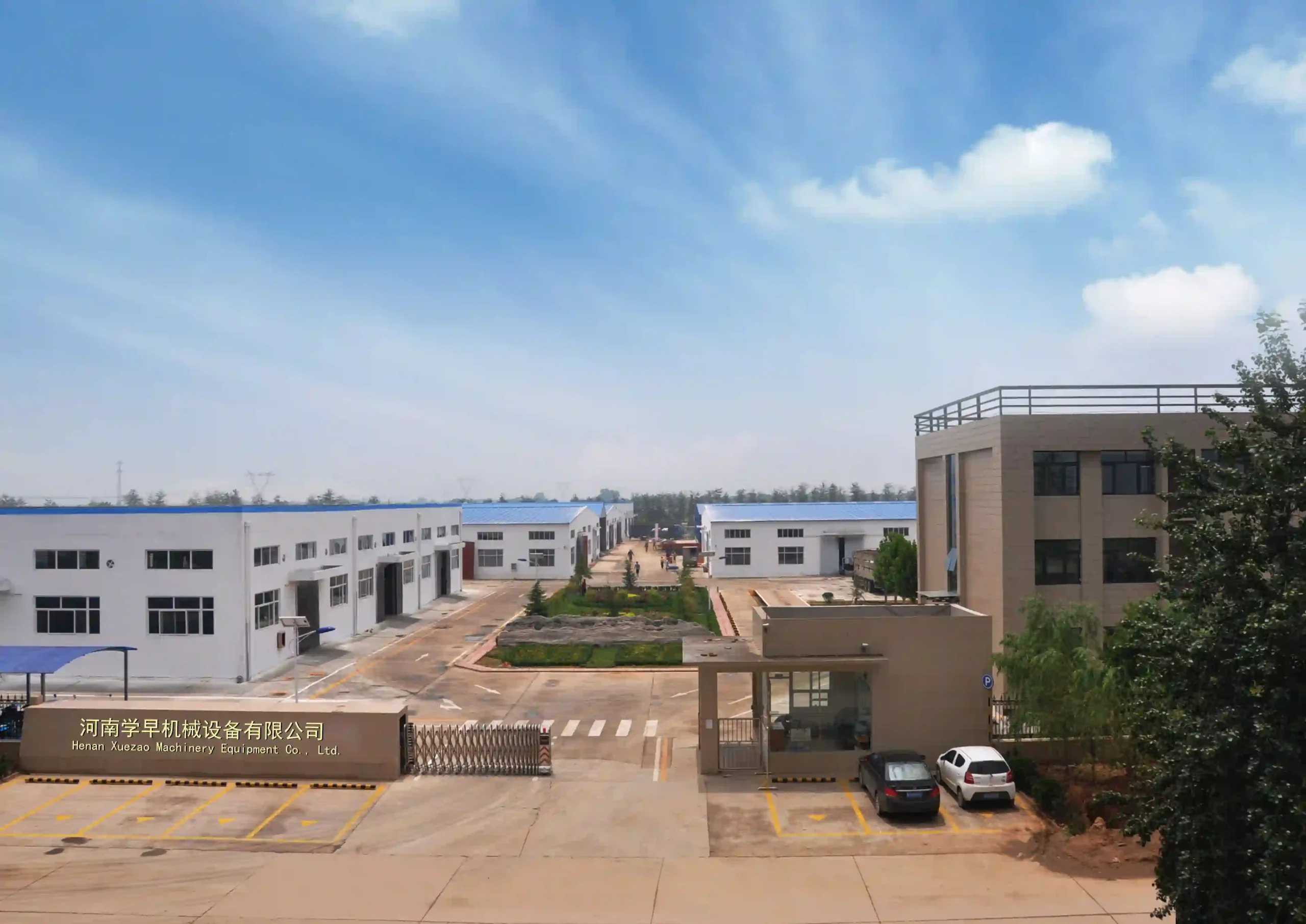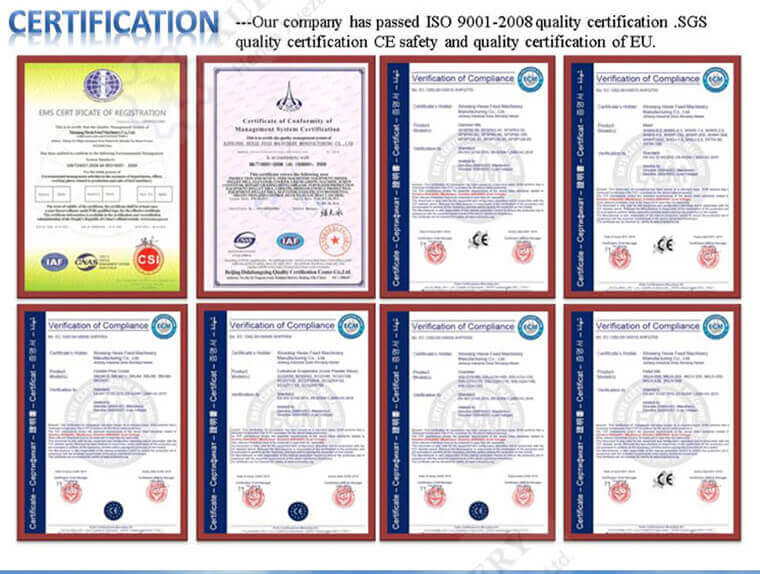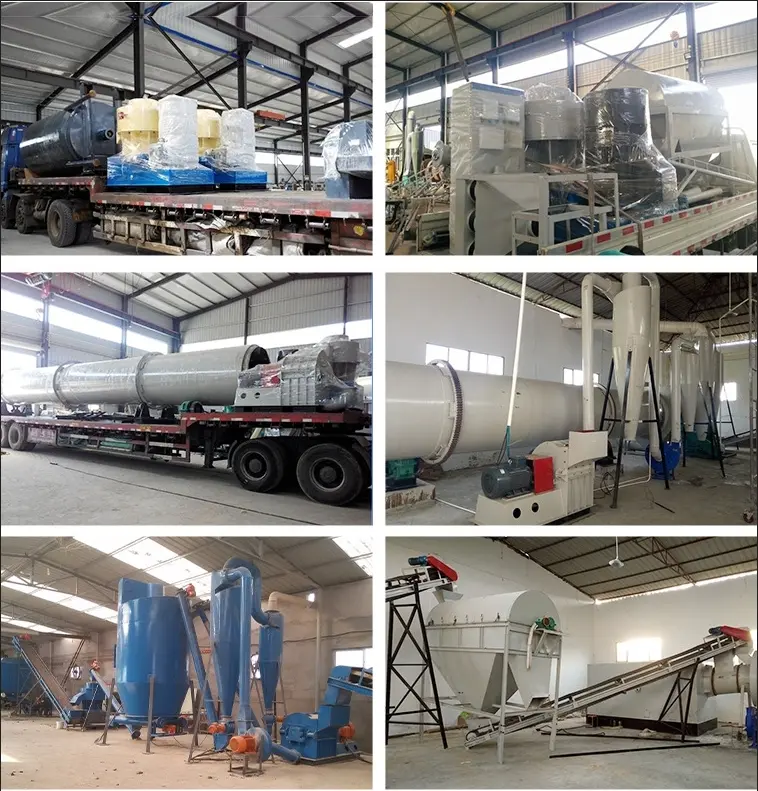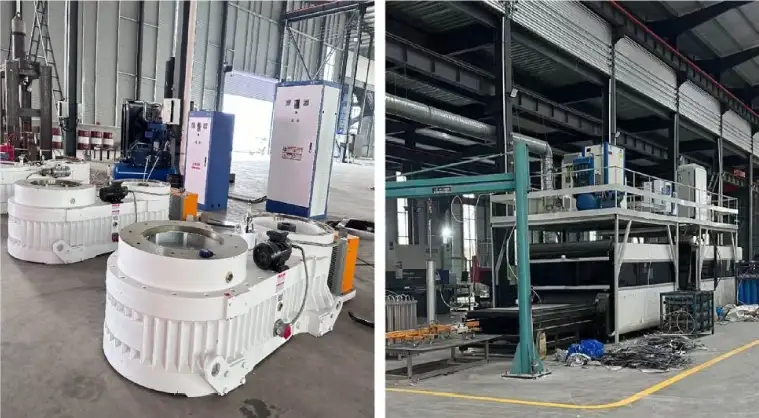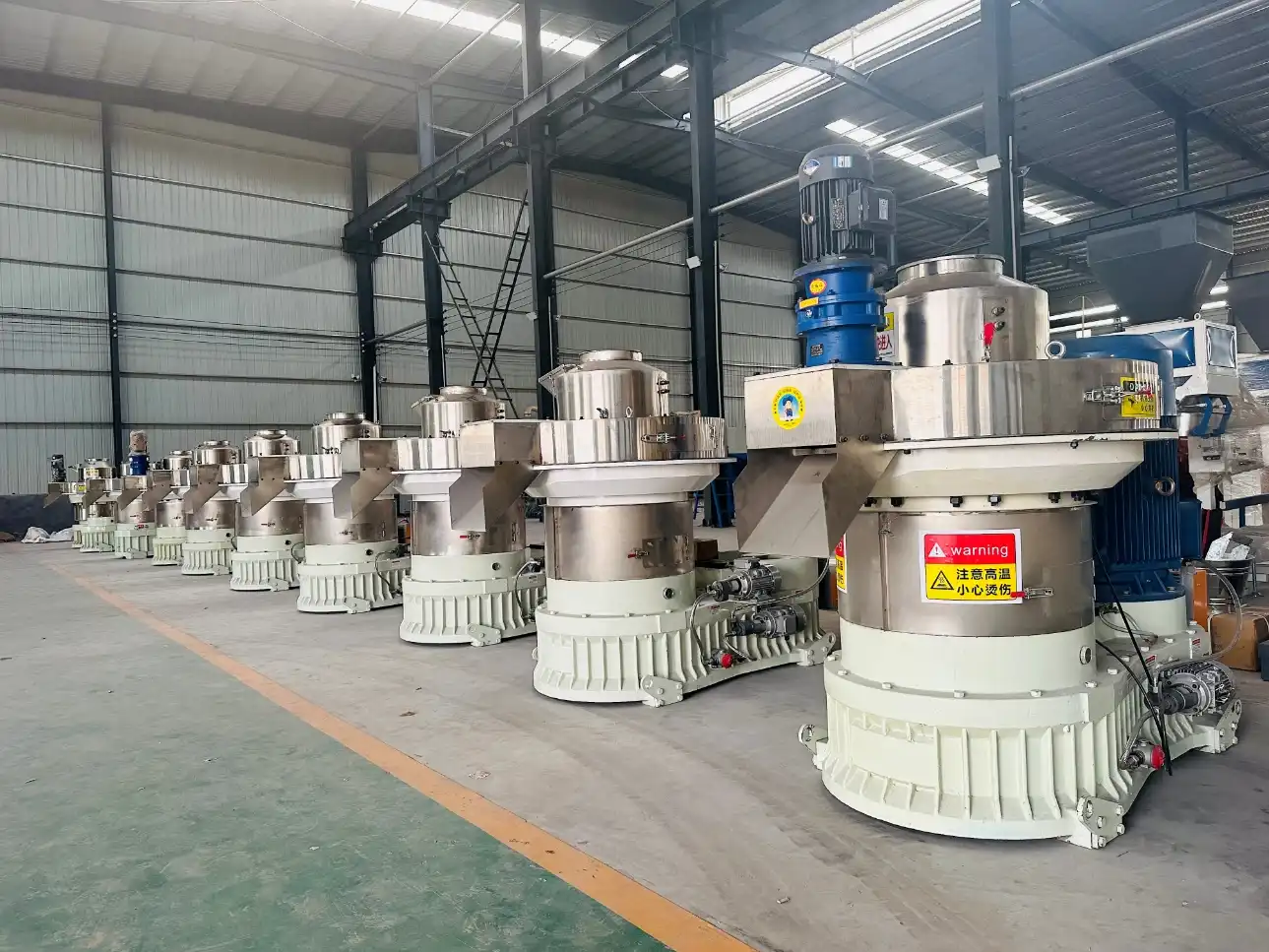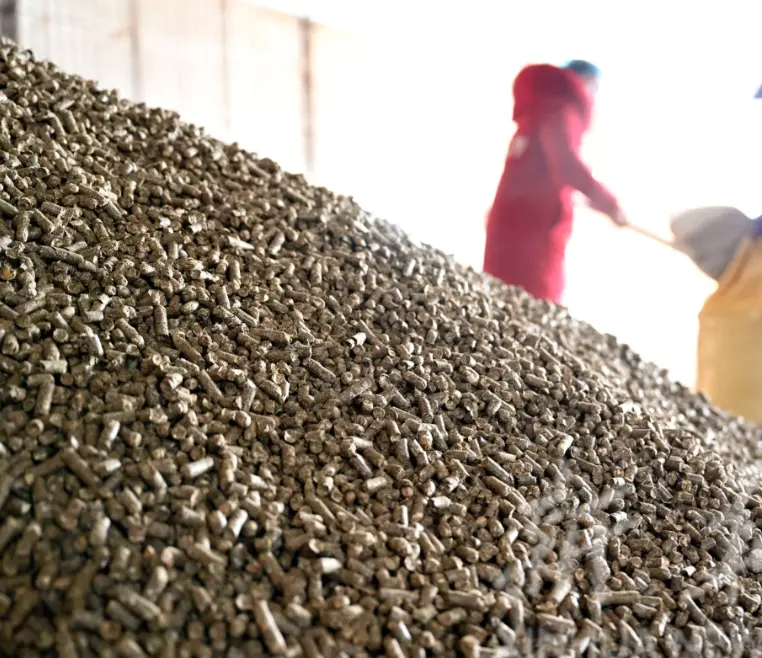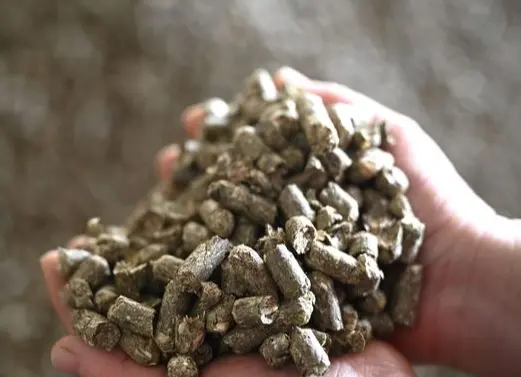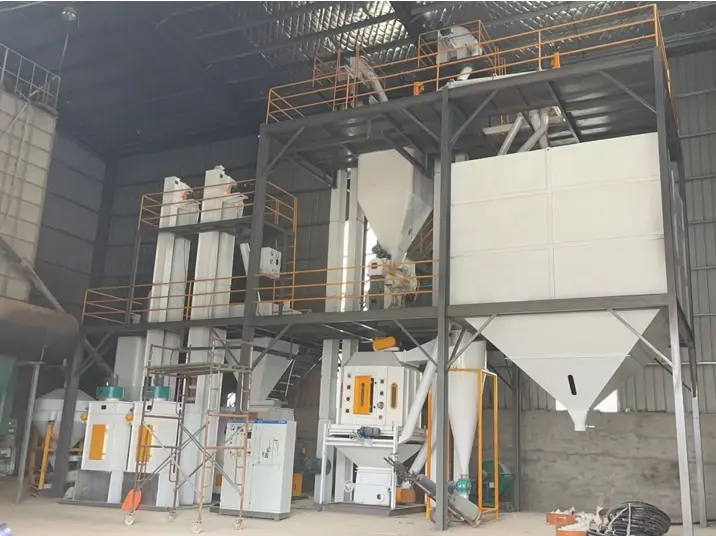
Leveraging Switchgrass as a Sustainable Biomass Fuel: Pellet Production Process and Benefits
Switchgrass, a native perennial plant thriving in Canada, America, and Mexico, stands out as a vital resource in the rapidly evolving biofuel industry. With its robust growth, resilience to pests, and adaptability to various conditions, switchgrass emerges as a renewable energy source, offering numerous advantages for sustainable energy solutions.
This energy crop doesn’t demand annual replanting and exhibits remarkable tolerance to floods and droughts. Its rapid growth enables multiple harvests per year, yielding around 40% more net energy per acre compared to corn. Beyond its energy potential, switchgrass plays a crucial role in enhancing soil conditions, boosting organic matter content, conserving water, and mitigating soil erosion.

The versatility of switchgrass extends to various applications, ranging from refining cellulosic ethanol to direct combustion in lieu of coal. Additionally, it serves as valuable animal feed, though caution is necessary for certain livestock due to its toxicity to horses, sheep, and goats.
Pelletizing switchgrass stands as a pivotal process in utilizing this resource for energy. This transformation involves several key stages: baling, breaking, fine grinding, drying, and pelletization, culminating in the creation of switchgrass pellets. Subsequent steps encompass cooling, storing, screening, and bagging before the pellets reach residential or industrial markets.
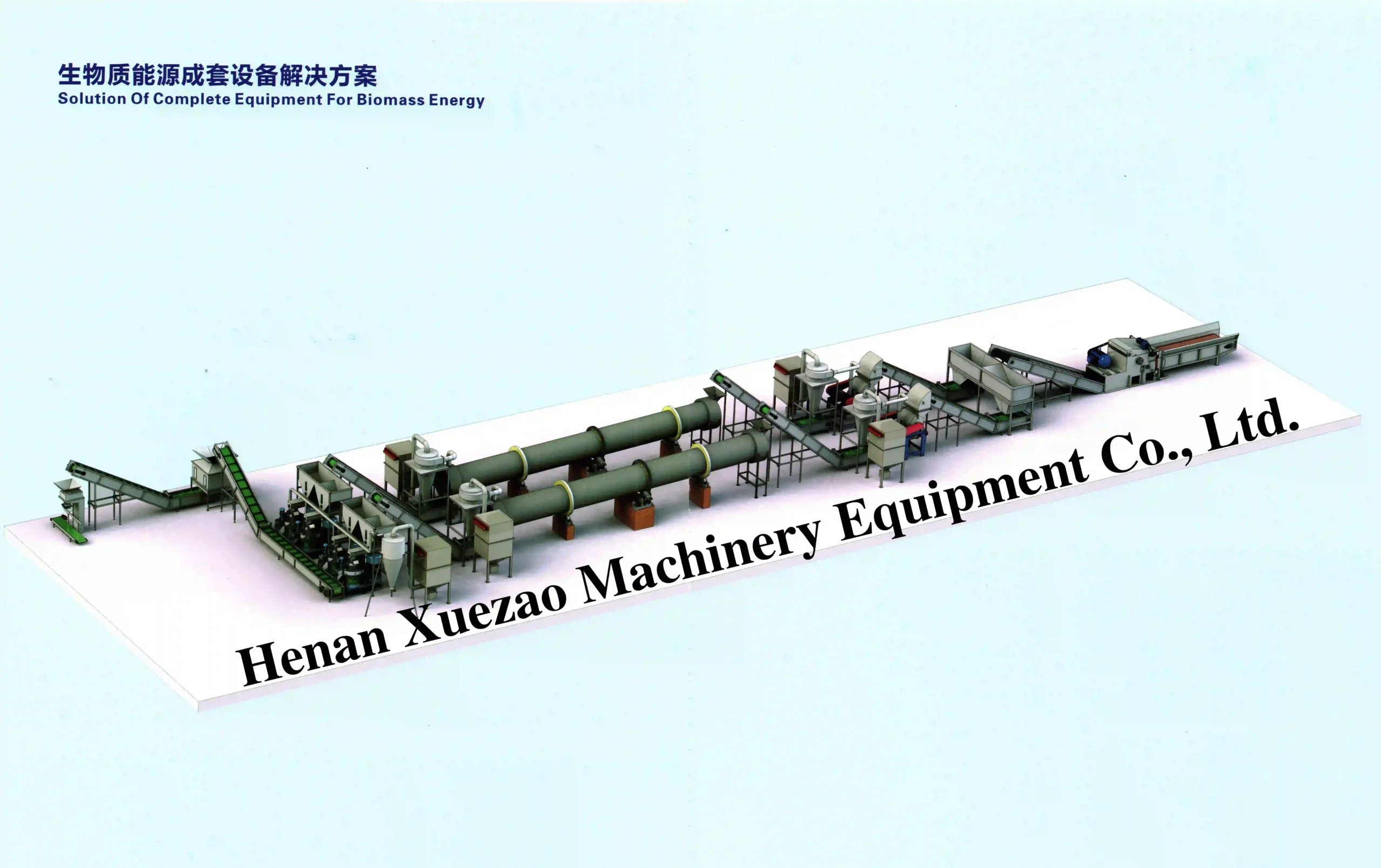
The characteristics of switchgrass and its pellets are distinctive. While switchgrass maintains a moisture content of approximately 15%, switchgrass pellets boast a reduced moisture level of 5-8%. Both exhibit minimal ash content, high volatile matter, and a thermal value of around 18MJ/kg.
Switching to switchgrass pellets for heating purposes presents a significant reduction in carbon dioxide emissions compared to traditional energy sources. The utilization of switchgrass pellets significantly curtails greenhouse gas emissions by 146 to 158 pounds of CO2 per gigajoule of heat produced, depending on the substitution of petroleum or natural gas.
Economically, the shift from conventional energy sources to switchgrass pellets yields cost savings, particularly in residential heating systems. The total cost of implementing a switchgrass pellet-based heating system proves to be more economical than systems reliant on fuel oil, offering substantial savings, albeit slightly less in commercial settings.

The application of switchgrass pellets spans diverse domains, including coal-fired electrical plants, industrial boilers, and specialized biomass pellet stoves. The combustion of switchgrass pellets results in up to 90% lower greenhouse gas emissions compared to petroleum-based fuels, contributing to a sustainable energy cycle.
For the effective utilization of switchgrass pellets, specialized pellet stoves and boilers are essential due to the unique burning qualities of these pellets. While switchgrass pellets differ from wood pellets, advanced appliances have been developed, boasting efficiencies of 80-90% in burning moderately high-ash pelletized biomass fuels.
The abundance of switchgrass in the U.S. and Canada highlights immense potential for leveraging this biomass resource for pellet fuel production. Its adaptability to varied climates and soil conditions renders it a feasible and renewable energy source for residents and businesses alike.
Harnessing the full potential of switchgrass as a biomass fuel demands efficient pellet production processes and appropriate appliances. The ongoing advancements in technology and the widespread availability of this energy crop position switchgrass pellets as a viable and sustainable alternative in the ever-evolving landscape of renewable energy solutions.
